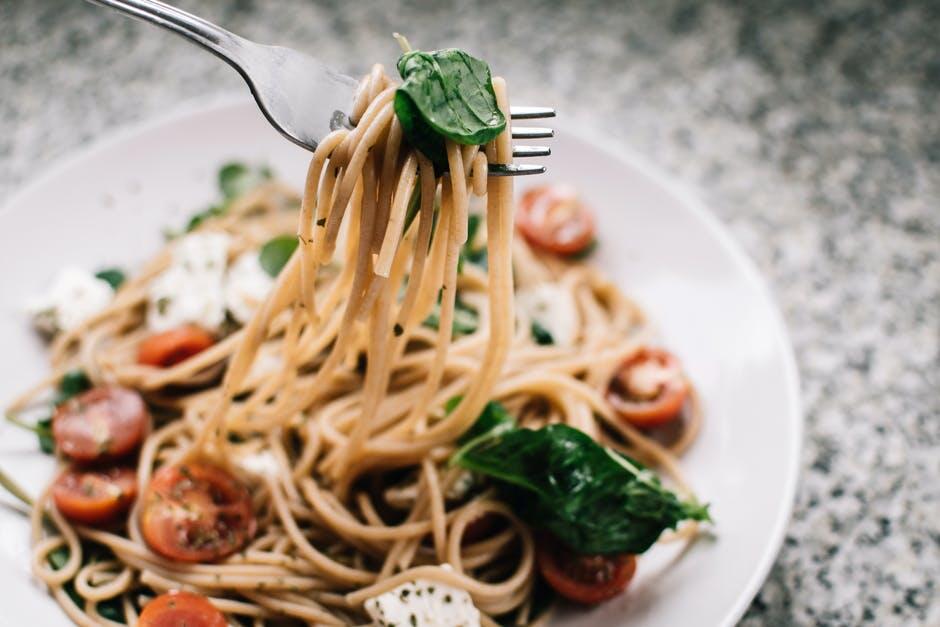Have you ever wondered how diverse gluten-free cuisine can be?
Many people think that going gluten-free means giving up their favorite foods. In reality, the world of gluten-free cooking is full of creativity and flavor. With more people choosing gluten-free diets for health or lifestyle reasons, food options have expanded greatly.
Today, gluten-free cuisine includes a mix of traditional, modern, and global dishes that appeal to everyone.
The Growth of Gluten-Free Eating
Over the past decade, gluten-free eating has grown from a niche lifestyle into a worldwide trend. More restaurants, cafes, and stores now offer gluten-free products. This shift began with people who have celiac disease or gluten intolerance. For them, avoiding gluten is a medical need. However, others now choose to go gluten-free for better digestion or improved energy.
The food industry has also changed in response to this demand. Chefs and home cooks use a variety of ingredients like rice flour, almond flour, and quinoa to make meals both safe and satisfying. You can now find gluten-free versions of pizza, bread, pasta, and desserts. This shows how inclusive modern cuisine has become.
Global Flavors in Gluten-Free Dishes
One of the most exciting parts of gluten-free cuisine is its connection to global cooking. Many traditional dishes from around the world are naturally gluten-free. For example, Mexican cuisine uses corn tortillas instead of wheat ones. Thai and Vietnamese dishes use rice noodles instead of regular pasta. Indian food often features lentils, chickpeas, and rice-based meals that are naturally free from gluten.
In Africa, you’ll find gluten-free grains like millet and teff, which are used to make flavorful flatbreads and porridges. In South America, cassava and plantains are used to create hearty gluten-free meals. These examples show that gluten-free eating does not mean limiting flavor. Instead, it opens the door to new spices, textures, and traditions.
By exploring these international dishes, people discover how rich and diverse gluten-free cuisine can be. It encourages trying new ingredients and cooking styles while still staying healthy and safe.
Innovative Ingredients and Alternatives
The heart of gluten-free cooking lies in its creativity. Bakers and chefs have found amazing ways to replace wheat flour and other gluten-containing ingredients. Almond flour adds a nutty flavor to baked goods, while coconut flour provides a light texture. Brown rice flour, sorghum flour, and chickpea flour are also common substitutes.
Xanthan gum and guar gum are often used to improve texture and binding, especially in bread or pastries. For pasta lovers, there are now noodles made from lentils, chickpeas, or brown rice that taste just as good as the original versions. Pizza crusts can be made from cauliflower or polenta, giving them a new twist while staying gluten-free.
In home kitchens, more people are experimenting with these ingredients. They realize that gluten-free cooking can be fun and full of variety. Dishes like gluten-free pancakes, cookies, and even lasagna are now part of many households. It’s all about finding balance and discovering what works best for your taste and health.
Eating healthy gluten free meals is now easier than ever with these ingredients. They allow people to enjoy comfort food while maintaining their dietary needs. Whether you are baking muffins or cooking dinner for your family, gluten-free ingredients give endless possibilities.
The Health Benefits of Gluten-Free Diets
A gluten-free diet offers many benefits, especially for people with celiac disease or gluten sensitivity. Removing gluten helps reduce symptoms like bloating, fatigue, and stomach pain. For others, it can lead to better digestion and increased energy. However, it’s important to choose balanced meals to ensure you get all necessary nutrients.
Gluten-free foods are often rich in fiber, vitamins, and minerals, especially when made from whole grains like quinoa, amaranth, and buckwheat. These grains provide lasting energy and support heart health. They also make meals more colorful and appealing.
However, not all gluten-free products are automatically healthy. Some packaged foods contain high levels of sugar or fat to enhance flavor. That’s why it’s better to focus on fresh, natural, and homemade meals. Cooking from scratch helps you control ingredients and maintain a balanced diet.
In addition, many people report feeling more focused and energetic after reducing gluten. While this may not apply to everyone, it shows how diet can influence overall well-being. The key is moderation and mindfulness when choosing what to eat.
Gluten-Free Dining and Everyday Living
Eating gluten-free used to be challenging when dining out, but things have changed. Today, most restaurants offer gluten-free options or can adjust meals upon request. Many menus now highlight allergen-free dishes, making it easier for customers to choose safely.
Food delivery apps and grocery stores also make gluten-free living more convenient. There are now entire sections dedicated to gluten-free products, from snacks to baking mixes. This availability helps people maintain their diet without feeling restricted.
When cooking at home, planning meals ahead of time can make things easier. Keeping gluten-free staples like rice, oats, and fresh vegetables ensures you always have healthy options. You can also prepare sauces and dressings at home to avoid hidden gluten in packaged products.
Sharing food with friends or family is another important part of the gluten-free journey. Hosting gluten-free gatherings or potlucks encourages everyone to try new recipes. It also spreads awareness that gluten-free food can be delicious and inclusive.
Living gluten-free doesn’t have to feel limiting. With proper planning, anyone can enjoy tasty, nutritious, and satisfying meals every day.
Learn All About Diversity of Gluten-Free Cuisine
Exploring the diversity of gluten-free cuisine reveals how vibrant and inclusive it truly is. From global traditions to modern innovations, gluten-free cooking continues to evolve. It’s not just about removing gluten-it’s about discovering new flavors and healthier ways to eat.
Gluten-free cuisine is no longer a special diet but a global food movement. With creativity and open-mindedness, anyone can enjoy meals that are both nourishing and full of taste. Whether you’re adapting for health reasons or simply exploring new dishes, gluten-free eating offers endless possibilities.
It reminds us that food diversity is not about restriction, but about celebration and discovery.







